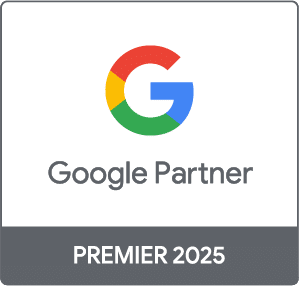If you’ve managed a Facebook Business Profile in the last couple of years, you’ve no doubt come across spam messages, claiming your page is violating policies and scheduled for bans, shutdowns or legal action. These spam messages often contain dangerous links, designed to “phish” your details and possibly take over your accounts.
One effective way to reduce these threats is by blocking specific countries where spam and phishing attacks commonly originate.
Why Block Certain Countries?
Scammers often operate from regions with weak cybersecurity regulations. In these areas, large networks of fake accounts are frequently created for fraudulent purposes. While this doesn’t mean every user from a particular country is a threat, blocking known spam-heavy regions can significantly cut down on malicious activity on your Facebook page.
How to Block Countries on Your Facebook Page
Blocking countries on Facebook is straightforward and can be done through your page settings. Here’s how:
- Go to Your Facebook Page: Log in to Facebook and navigate to the page you manage.
- Open Page Settings: Click on your profile icon in the top right corner and select Settings.
- Navigate to Followers and Public Content:
- In the left-hand menu, select Followers and Public Content.
- Scroll down to Country Restrictions and press Edit.
- Enter the countries you want to block.
- Save Changes: Once added, users from the blocked countries won’t be able to view or interact with your page.
Which Countries Should You Block?
While every business should assess its own risk, some regions are notorious for phishing scams and spam. Commonly blocked countries include:
- Nigeria – Known for various online scams, including phishing attempts.
- Pakistan – High volume of fake accounts and suspicious activity.
- Bangladesh – Often associated with social media spam and bot activity.
- Indonesia – Reports of spam and fake engagements.
- Russia – Known for cyber threats and phishing schemes.
- Vietnam – High rate of counterfeit product scams and fake accounts.
Blocking these countries can drastically reduce unwanted interactions, but it’s important to consider whether you have legitimate customers or followers in these areas before making a decision.
Other Ways to Reduce Spam & Phishing on Facebook
In addition to blocking countries, here are other steps to protect your page:
- Enable Two-Factor Authentication (2FA): Secure your own personal account to prevent hacking attempts.
- Restrict Comments: Add keyword-based filters to block spammy phrases such as “Page Violation” and “Final warning” that are commonly used.
- Monitor Page Admin Access: Regularly review who has access to your page and remove any inactive admins.
- Report and Ban Suspicious Users: If you notice a spammy account interacting with your page, report and ban them.
- Use Facebook’s Page Moderation Tools: You can set up automatic filtering to detect and hide spam comments.
Blocking high-risk countries can be a useful strategy to minimize phishing and spam, but it should be done thoughtfully. To protect your business and private information, do not click unsolicited links sent via social media messages. If you think a message is legitimately from Facebook or are unsure, you can check via your page inbox in Meta Business Suite
If your business serves international customers, consider using moderation tools alongside country restrictions. Keeping your Facebook page secure ensures a better experience for your real audience and protects your brand from potential threats.






